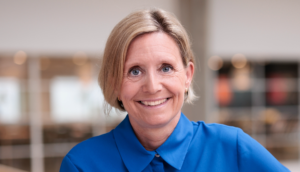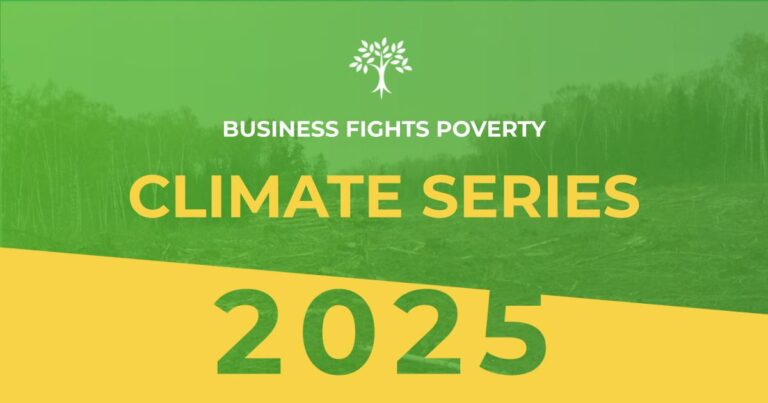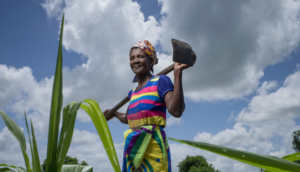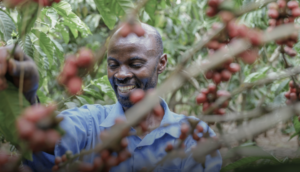I am writing from the deck of the “Banzeiro da Esperança,” a three-deck boat carrying people from many walks of life along the river route from Manaus to Belém for COP30. By 10 p.m., the corridors go quiet and the river’s own rhythm sets the pace for our work and conversations. Two stops break the journey in Parintins and Santarém.
What does a slow river crossing have to say to fast-moving companies? Quite a lot. This voyage is more than logistics. It is a living lab for how to convert climate intent into outcomes that strengthen communities and supply chains.
1) Treat nature as critical infrastructure and manage it like core enterprise risk.
The Amazon is not a distant backdrop. It regulates rainfall, underpins agricultural productivity, and shapes regional logistics. On our boat, researchers are quantifying the emissions of the trip, and we plan to compensate through agroforestry systems that will later supply school meals. That closes loops among climate, nature, and social impact in a way CFOs can recognise as real value creation.
2) Link decarbonization to livelihoods, not only to tons.
A just transition is implementable when people can see the benefits in their own kitchens and classrooms. Directing agroforestry produce to the public school feeding program turns carbon compensation into predictable demand for local producers. It de-risks farmer participation and creates measurable social indicators alongside emissions avoided.
3) Invest in the sociobioeconomy with the same discipline you use in growth markets.
This journey is helping finalise an Amazon Letter that gathers concrete proposals on adaptation, conservation, and the sociobioeconomy for delivery to Brazilian authorities. Business leaders should read that as a pipeline of investable themes and a preview of policy direction. Build long-term offtake agreements for verified forest-positive products and pair them with technical assistance and traceability.
4) Co-create with communities and measure what matters locally.
Voices on board include riverine families and quilombola leaders who are translating lived climate stress into practical project ideas, from irrigation systems that withstand longer droughts to “forest schools” for environmental literacy. When companies invite this kind of co-design, they improve social license and unit economics at the same time.
5) Build resilience into logistics and events.
The river route covers about 1,300 kilometres and carries roughly 230 people. Moving this many people and supplies by water reminds us that the Amazon corridor requires planning horizons that respect distance, seasonality, and capacity. For business travel and for moving goods, that points to aggregated demand, modernised fleets, shared data, and a portfolio of multimodal options that lower emissions and cost.
6) Anticipate cross-border risks with stronger due diligence.
Indigenous leaders travelling the Amazon remind us that illegal mining, organised crime, and deforestation disregard national boundaries. Companies should mirror that reality in land-use due diligence, grievance mechanisms, and supplier engagement that operate at ecosystem scale rather than within administrative lines on a map.
At sunrise on the upper deck, former Minister of the Environment José Carlos Carvalho, who joined our expedition, offered a framing that matches the mood among many of us on board. “Humanity is being given another chance with COP30. I believe that leaders and negotiators will be able to reach a minimum consensus in light of the gravity of climate change,” he said. With cautious optimism, he concluded, “I believe in human rationality. We are the only species capable of destroying nature, but also the only one with the intelligence to rebuild it. That’s why I have – albeit moderate – hope that we can take a step forward.”
Acknowledgement: many of the details that ground this reflection were first reported by Isadora Camargo in Valor Econômico, including the perspectives of fellow travellers.
See you in Belém.
By Vanja Ferreira, Head of New Business, Fundação Dom Cabral (FDC). With appreciation to Isadora Camargo’s reporting in Valor Econômico for documenting key moments and voices from this journey.
This article is part of the Business Fights Poverty Climate Series with Fundação Dom Cabral (FDC) taking place during COP30 Climate Summit in Belém, Brazil.


